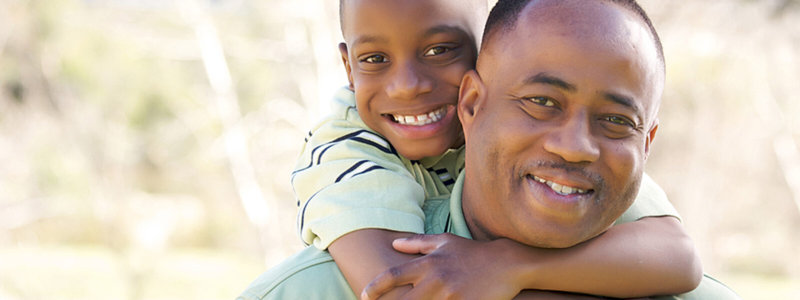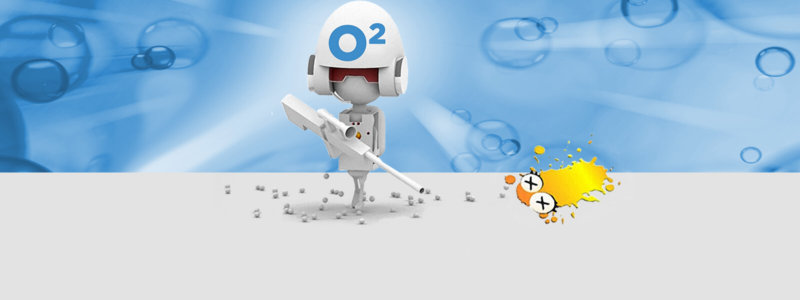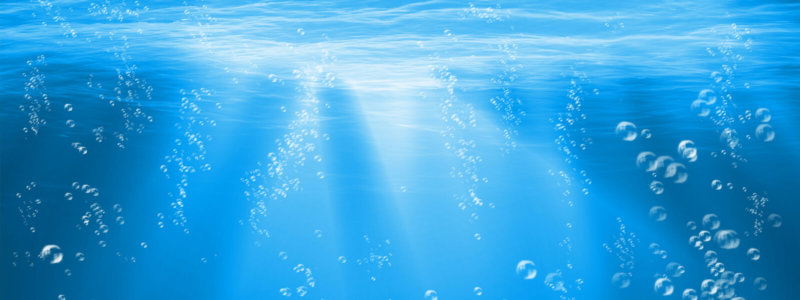The Connection Between Iron Deficiency Anemia Oxygen Saturation
Today I’d like to talk to you about iron deficiency and how it may be related to oxygen deficiency problems you may be experiencing. In particular, what are the connections between iron deficiency anemia and oxygen saturation?
Iron deficiency is a prevalent nutritional deficiency. “The Merck Manual Home Health Handbook” describes iron deficiency as one of the most frequent mineral deficiencies in the world (reference), and it is more common for this to affect women than men. Iron is necessary for the body to produce hemoglobin, an iron-rich protein in red blood cells. Iron helps red blood cells carry oxygen from the lungs to the rest of the body. Your body must produce the correct amount of hemoglobin, or all the cells in the body will suffer. Blood tests diagnose iron deficiency anemia and should include a complete blood count (CBC).
Iron deficient anemia can also cause shortness of breath, dizziness, headache, coldness in your hands and feet, pale skin, chest pain, weakness, and fatigue (tiredness). Here are some signs that you may be iron and thus oxygen deficient.
Fatigue
The most common symptom of all types of anemia is fatigue (tiredness). Fatigue occurs because your body doesn’t have enough red blood cells to carry oxygen to its many parts (reference). Though this may be the most common symptom, it is not definitive because many things can cause tiredness. However, if you believe your “normal fatigue” has increased, coupled with feelings of weakness and irritation, this may signify iron deficiency.
Hair Loss
One of the reasons for your hair loss is iron deficiency. Hair fall is the result of full-blown iron deficiency anemia. “It sends your body into survival mode, so your body channels oxygen to support vital functions instead of keeping your hair intact,” explains Jacques Moritz, M.D., director of gynecology at Mount Sinai St. Luke’s Roosevelt in New York City. Most people will lose about 100 hairs daily, so don’t panic at seeing a few stands in your shower drain (reference).
You’re Unusually Pale
A possible reason for your being pale is your blood’s low hemoglobin level. Hemoglobin is responsible for giving you that rosy pink tone to your skin. Because Iron deficiency reduces hemoglobin in the blood, the reduced hemoglobin makes you pale. But what if you are dark-skinned? Then check the color of your lips, gums, and the inside of your bottom eyelids to see if they are less red; if so, then lack of iron could be to blame.
Heart pounding and shortness of breath
Irregular heartbeats and other heart-related problems are the results of iron deficiency anemia. Irregular heartbeats happen because when red blood cells become deficient in iron, your heart must pump more frequently to make up for the reduced oxygen carried by red blood cells (reference). Additionally, there may be times when you feel short of breath due to iron insufficiency not allowing the blood’s hemoglobin to transport all the oxygen your body needs.
Your Head Hurts
Iron deficiency decreases the standard supply of oxygen to your brain, making brain arteries swell, which causes headaches. The frequent headache is a signal that you should increase your iron consumption.
Iron is a critical mineral because it helps produce hemoglobin, a protein that enables oxygen transport within your red blood cells. Insufficient iron supply compromises oxygen delivery to your body’s tissues, including your brain. You may, as a result, experience headaches. Statistically, however, headaches occur less often than other symptoms of iron deficiency anemia, according to the “Harvard Medical School Family Health Guide.” More common symptoms include tiredness, lightheadedness, dizziness, shortness of breath and irritability.
Iron is a critical mineral because it helps produce hemoglobin, a protein that enables oxygen transport within your red blood cells. Insufficient iron supply compromises oxygen delivery to your body’s tissues, including your brain. You may, as a result, experience headaches. Statistically, however, headaches occur less often than other symptoms of iron deficiency anemia, according to the “Harvard Medical School Family Health Guide.” More common symptoms include tiredness, lightheadedness, dizziness, shortness of breath and irritability.
— LiveStrong.com
As you can now see, if you have an iron deficiency, you will most likely also have an oxygen deficiency. Please consult a qualified medical professional to determine the actual cause of your symptoms.

-
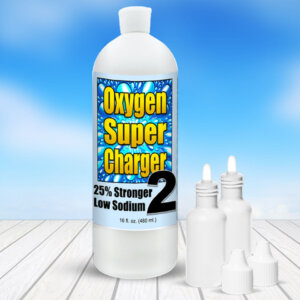
Ultra Strength OxygenSuperCharger2, 25% Stronger, 16–Ounce Bottle
$119.97 Add to cart -
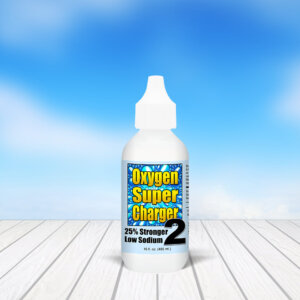
Ultra Strength OxygenSuperCharger2, 25% Stronger, 2–Ounce (Sample Size)
$35.97 Add to cart -
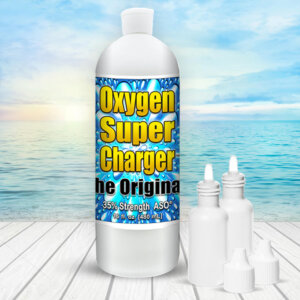
Original 35% Strength OxygenSuperCharger, 16–Ounce Bottle
$96.97 Add to cart -
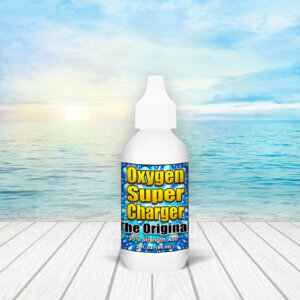
Original 35% Strength OxygenSuperCharger, 2–Ounce (Sample Size)
$27.97 Add to cart -

MineralSuperCharger, Premium Multi-Mineral Supplement, 32-Ounce Quart
$98.97 Add to cart -

MineralSuperCharger, Premium Multi-Mineral Supplement, 8-Ounce (Sample Size)
$29.97 Add to cart -
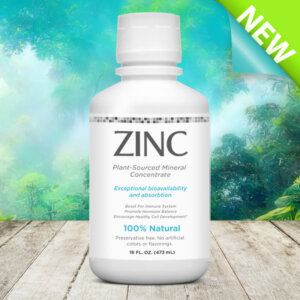
Zinc – Plant-Sourced Mineral Concentrate, 16-ounce
$24.97 Add to cart -

O4 Nasal Spray with Zinc
$14.97 Add to cart

